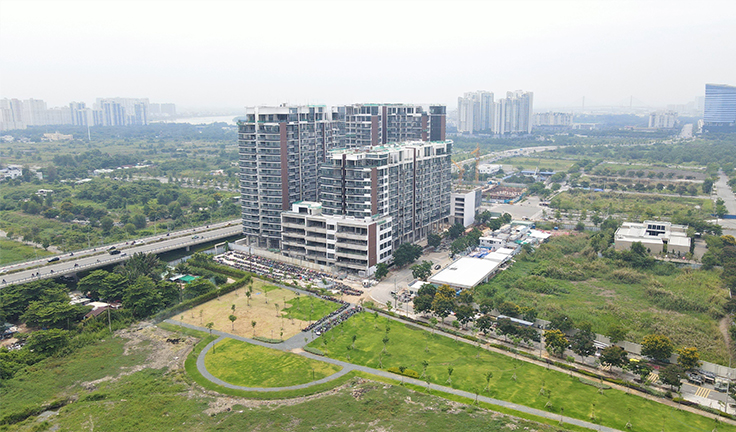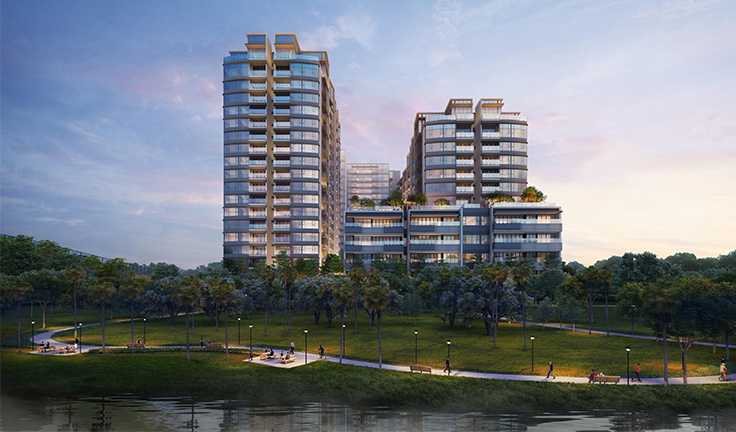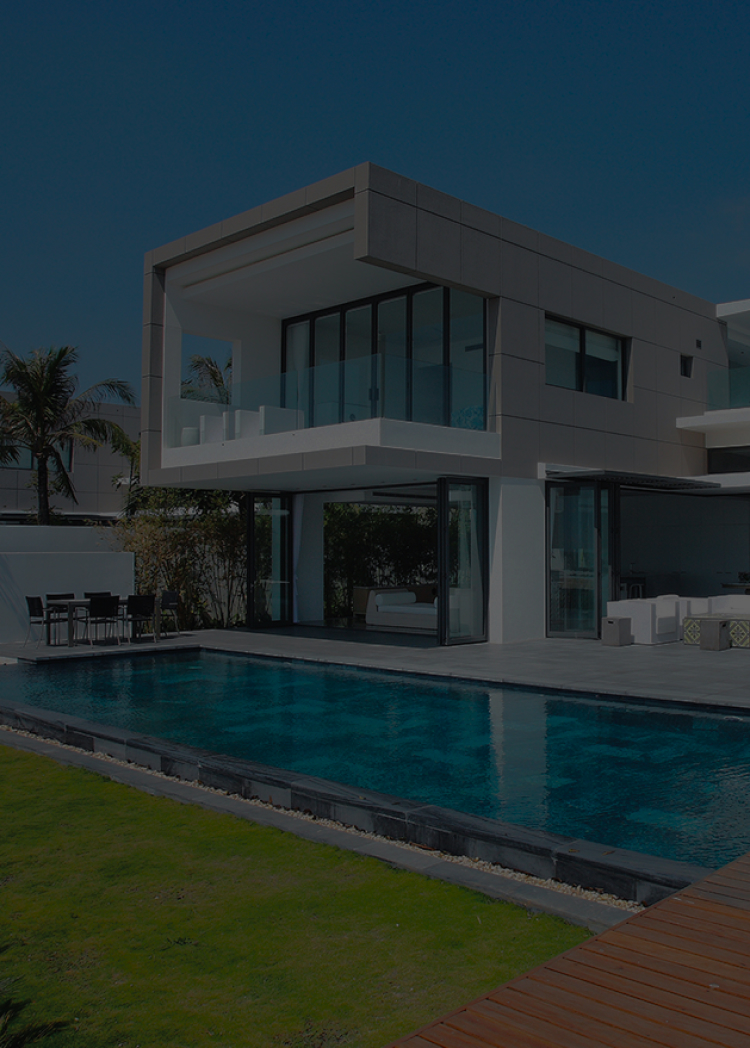Today, greening the economy is a global trend, driving the emergence of green architectural projects to meet current needs as well as future challenges. The trend of "green architecture" is increasingly strong in the 21st century, aiming for sustainable development and environmental protection, requiring architects and project developers to creatively integrate environmentally friendly solutions into the design and construction process.
What is green architecture?
There is no exact definition of "green architecture". However, it can be understood that "green architecture" is a new trend in architectural design and construction. The purpose of green architecture is to minimize the environmental impacts of buildings and natural landscapes. Green architecture is an architectural style that connects humans, aiming to make daily life and work activities more intimate and harmonious with nature, focusing on the sustainability of construction projects. Green architects or designers will strive to protect the air, water, and earth by selecting environmentally friendly building materials, optimizing energy and resource use, and minimizing environmental pollution during construction and building operation.
.jpg)
Green architecture effect positively on environment (Source: Internet)
The benefits of green architecture include:
- Energy efficiency
Energy efficiency is another critical aspect of green architecture. Instead of solely depending on finite energy sources that may cause pollution, green architecture is designed to reduce energy consumption using passive solar design, efficient HVAC systems, and renewable energy sources such as solar panels and wind turbines.
Furthermore, incorporating solar power systems and wind energy harvesting technologies into buildings efficiently contributes to sustainability and energy conservation in green architecture.
- Environmentally Friendly
Green architecture plays a crucial role in protecting the environment. By adopting sustainable design practices, green architecture minimizes the negative impact of construction on ecosystems and natural resources. The incorporation of energy-efficient systems, renewable energy sources, and environmentally friendly materials helps reduce carbon footprints and mitigates pollution.
Moreover, green architecture often emphasizes water conservation, waste reduction, and the preservation of biodiversity. Through thoughtful and eco-conscious design, it creates buildings and spaces that coexist harmoniously with the environment, contributing to the overall well-being and longevity of our planet. In essence, green architecture is a proactive approach to safeguarding the environment for current and future generations.
- Priortize human well-being
Through thoughtful and sustainable design practices, green architecture aims to provide occupants with environments that look after health and mind. This includes maximizing natural light, incorporating green spaces, and ensuring good indoor air quality. The use of eco-friendly materials and energy-efficient systems not only reduces the environmental impact but also contributes to creating comfortable and healthy living and working spaces.
In essence, green architecture recognizes the intrinsic connection between the well-being of individuals and the spaces they inhabit, fostering a symbiotic relationship between humans and their environment.
.jpg)
Green architecture helps look after health and mind (Source: Internet)
Refico takes pride in creating "green architecture"
- President Place - the first project to receive LEED Gold certification
Named for its location next to the Palace, President Place is a tenant-oriented boutique commercial office offering ahead of its time. Refico secured the land, worked through early design phases, and obtained permission to build. Completed in 2012, the project remains highly sought after among multinationals.
President Place is the first project to receive LEED Gold certification, setting new standards for modern office buildings. It officially opened in 2012 and has become a preferred working environment for multinational companies. According to recorded data, the building has achieved over 12% energy savings, 45% water savings, and utilized mostly environmentally friendly materials.
.jpg)
President Place takes pride in being the first project to receive LEED Gold certification
- CentrePoint - stands as Vietnam's first "green" office building
As Refico's first commercial project, the 17-storey Centrepoint shifted the social and business geography of the city closer to the airport. Receiving a Green Certificate, Centrepoint set a path toward and expectation for more sustainable development across the country.
CentrePoint proudly stands as Vietnam's first "green" office building, using environmentally friendly construction materials, resulting in 30% energy savings and a 20% reduction in CO2 emissions, creating a healthy working environment and enhancing the productivity of employees.

CentrePoint proudly stands as Vietnam's first "green" office building
For more details about LEED: https://refico.com.vn/vi/news/tieu-chuan-leed-la-gi-tieu-chi-danh-gia-toa-nha-theo-leed/
Conclusion
Green Architecture is not just a trend; it is a necessity for a sustainable future. By incorporating sustainable materials, energy-efficient systems, waste reduction techniques, and water conservation measures, we can create buildings that are not only environmentally responsible but also socially and economically sustainable. As we continue to face the challenges of climate change, green architecture will play an increasingly important role in creating a brighter and more sustainable future.
Read more: Xem thêm: https://refico.com.vn/vi/news/cac-chung-chi-cong-trinh-xanh-tai-viet-nam/








